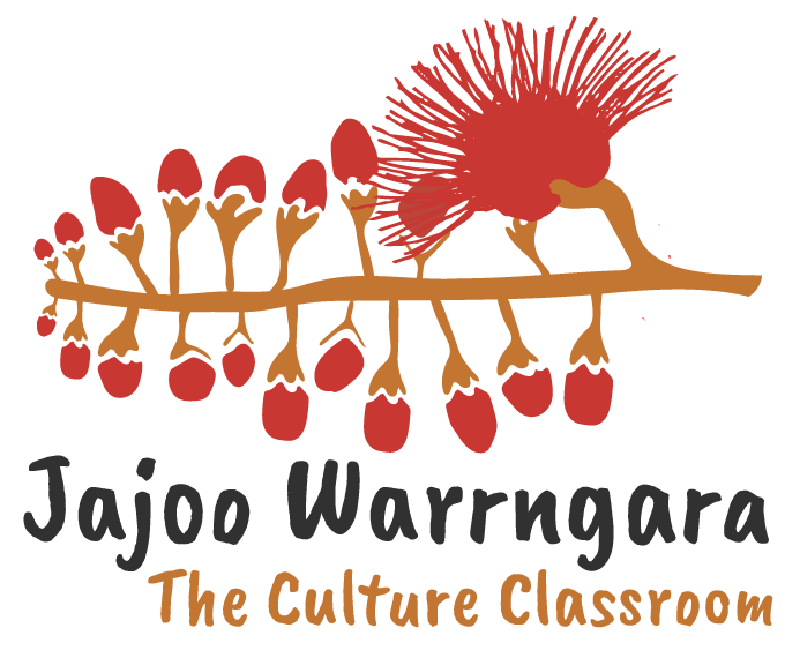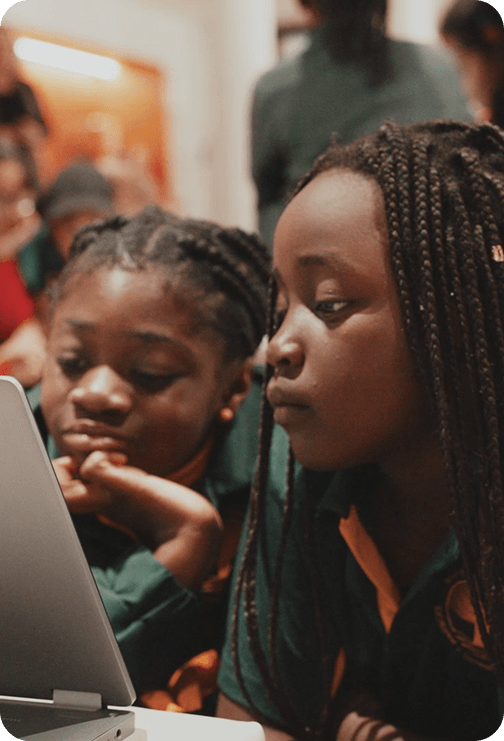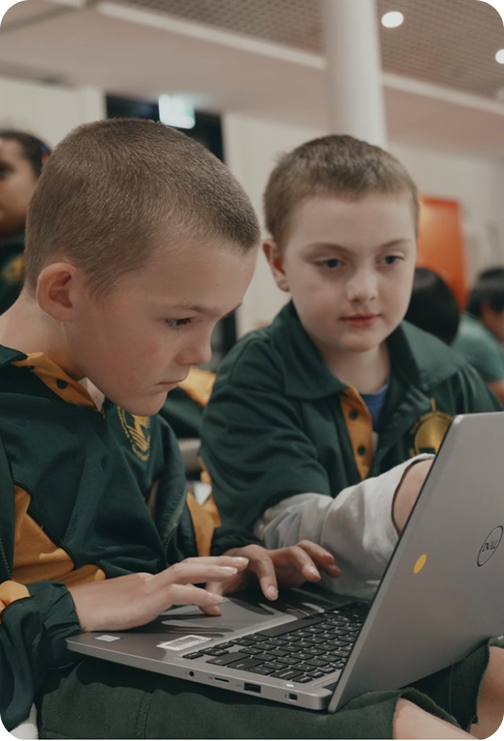Show community details
The Wamba Wamba people traditionally occupy both Victorian and New South Wales sides of the Murray River in the Murray and Lower Darling Rivers region. Deniliquin, Moulamein and Swan Hill are all within Wamba Wamba borders. The language, culture and tradition of Wamba Wamba is very much present today. With the last fluent speakers documented on tape roughly in the 1930s, these recordings sadden but inspire the tireless efforts of community members to revive Wamba Wamba language, culture and customs through the education of all young people of the region.





